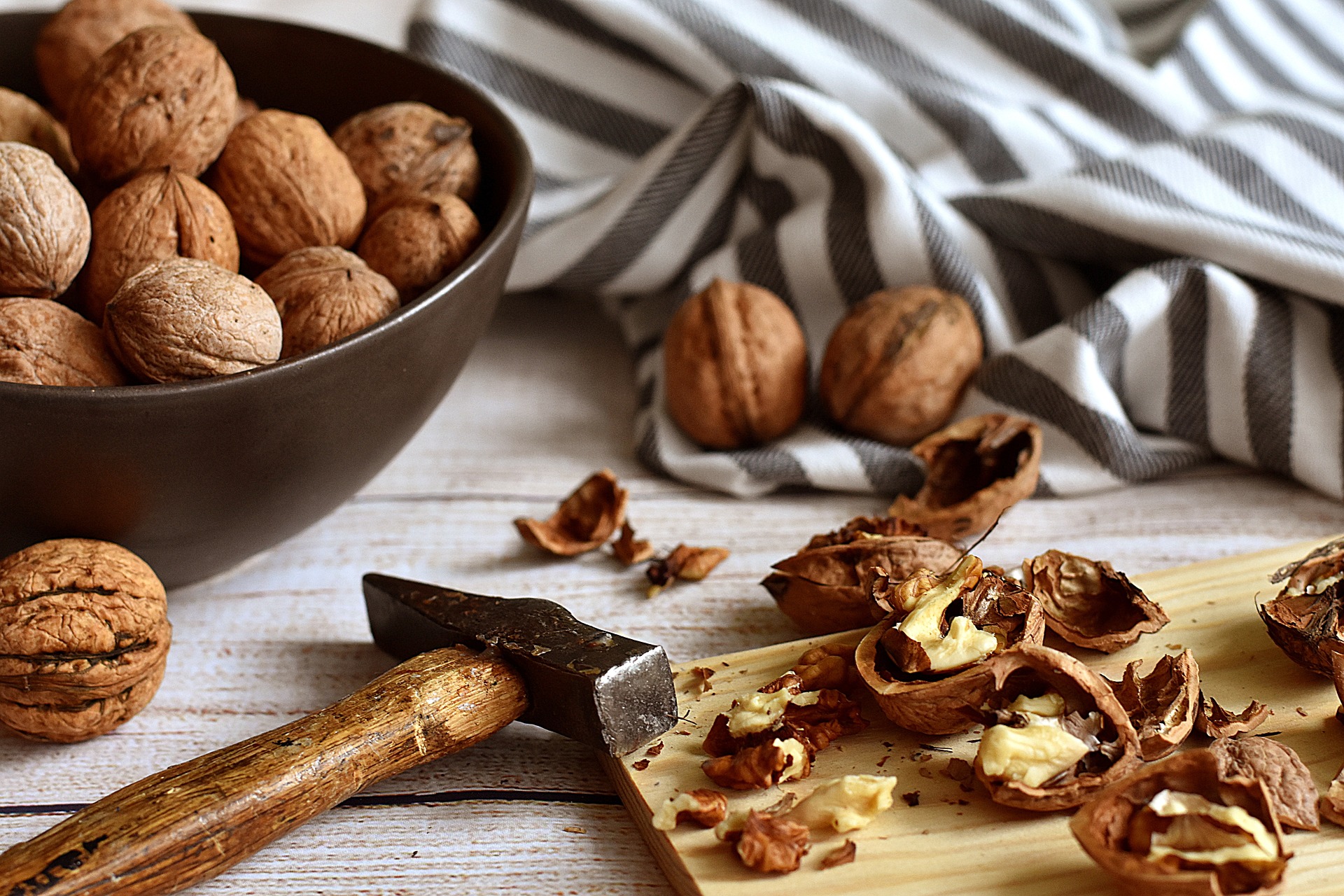“Nuts and Christmas” – this traditional duo of pleasure and nostalgia is an integral part of the gift table. Walnuts, almonds, and hazelnuts are indispensable to the cold, cozy winter season. Why is that so?
The origin nuts and Christmas were found together not for nutritional reasons but received their deep meaning as decoration for the fir tree, which moved many years ago as a unique Christmas custom in the warm rooms. Originally it was decorated with red apples and nuts. The apples symbolize God’s love and the expulsion from paradise. The nuts, with their characteristically hard shell and tasty contents, were intended to point to the Word of God, which, like the kernel in a nut, is not always easy to crack or understand. Perhaps this is one of the reasons for the emergence of the nutcracker as a symbolic means in the form of a soldier or king to get at the Word of God. When Christmas was over, the nuts were also given to poor people to provide them with a special feast.
Today, nuts are not necessarily used as Christmas tree ornaments, but they are still part of the decorations for the Advent wreath and especially as a healthy snack as we approach Christmas. They give us extra energy in cold winter, vitamins, minerals, fiber, and essential bioactive plant compounds to support our immune system and other health-promoting functions. In particular, the high content of essential fatty acids in nuts is needed, among other things, for significant nerve functions and the formation of critical messenger substances.
Nuts are also critical in the context of a healthy and life-prolonging diet. The cardiovascular system primarily benefits from daily consumption of 10 g for women and 15 g for men to reduce total mortality. To compare quantities, it should be noted that a standard serving of nuts is equivalent to a handful. Thus, even half the amount usually consumed would be sufficient to obtain this health effect. The untreated nuts achieve their health-promoting effect, among other things, because they contain plenty of magnesium as well as monounsaturated and polyunsaturated fatty acids, essential antioxidants, and phytosterols. Daily consumption of nuts thus contributes to a lower risk of cardiovascular diseases, cancer, respiratory diseases, diabetes, and neurodegenerative diseases.
However, those who think they can jump on peanut butter with this knowledge are not necessarily doing themselves any good because the sodium and hydrogenated fats it contains and its lowered vitamin B content counteract its beneficial effects.
This post has already been read 1296 times!



